Waterfowl Prosciutto
Corey Mulhair for SPLIT REED
Presented by Browning Firearms
Salt. It cures, and in doing so, preserves. Most of us have a lifelong understanding of salt as it lends a flavor that we as humans find rewarding. The reward, after all, has an evolutionary benefit. For mammals, it allows for fluid homeostasis, via sodium intake. We’re evolved to enjoy the flavor of saltiness because it helped keep us alive.
This recipe is very hands-off, and takes about two weeks from start to finish, with maybe 30 minutes of actual effort. You’ll need sea salt or kosher salt, curing salt, and select spices, along with some sort of cheesecloth material.
As far as your waterfowl meat of choice, anything works. You can use light geese, puddle ducks, dark geese, and even divers. You can cure the meat skin/fat on or off, though if you were to use divers or birds with muddy eating habits (pink or red/orange laden fat), I recommend going skin off to avoid any roughish flavors. I have a tendency to go full roasted duck or duck on the half shell with high-quality birds that aren’t shot up and have a good layer of fat, so many of my prosciutto birds are skin off birds and I find myself particularly inclined to use large Canada geese breasts as they make for large chunks of cured meat- better for slicing and presentation.
What do you do with waterfowl prosciutto, you may ask? I like to take a breast out of the fridge once I’ve made some and add thin slices to scrambled eggs or into salads as I go, and of course, you’ve got to go the cheese and crackers route- after all, what you are making is bona fide charcuterie! Any hardened chunks or end pieces go great in a soup or broth so don’t toss them out.
Prosciutto Salts and Spices
Waterfowl breasts - The skin on or off. I used two skin-off snow goose breasts for this.
Salt - I use whatever I have on hand. It is often a combination of coarse sea salt, Morton’s iodized salt, and kosher salt. If you want to use just one type or a combination it’s fine. You need enough to cover your meat.
Curing Salt - #2 curing salt. #2 curing salt contains a small amount of sodium nitrate in the blend which breaks down over time into sodium nitrite (found in both #1 and #2) which is used in air or slow curing products (such as prosciutto!). You need about 0.1-0.3% of the weight of the fresh meat/breasts.
Seasonings. These are usually more of a personal preference, they will add some flavor and presentation quality but are not as important as your salts. They are in fact entirely optional. I used the following in equal parts for this recipe:
Black Pepper
Thyme
Marjoram
Cumin



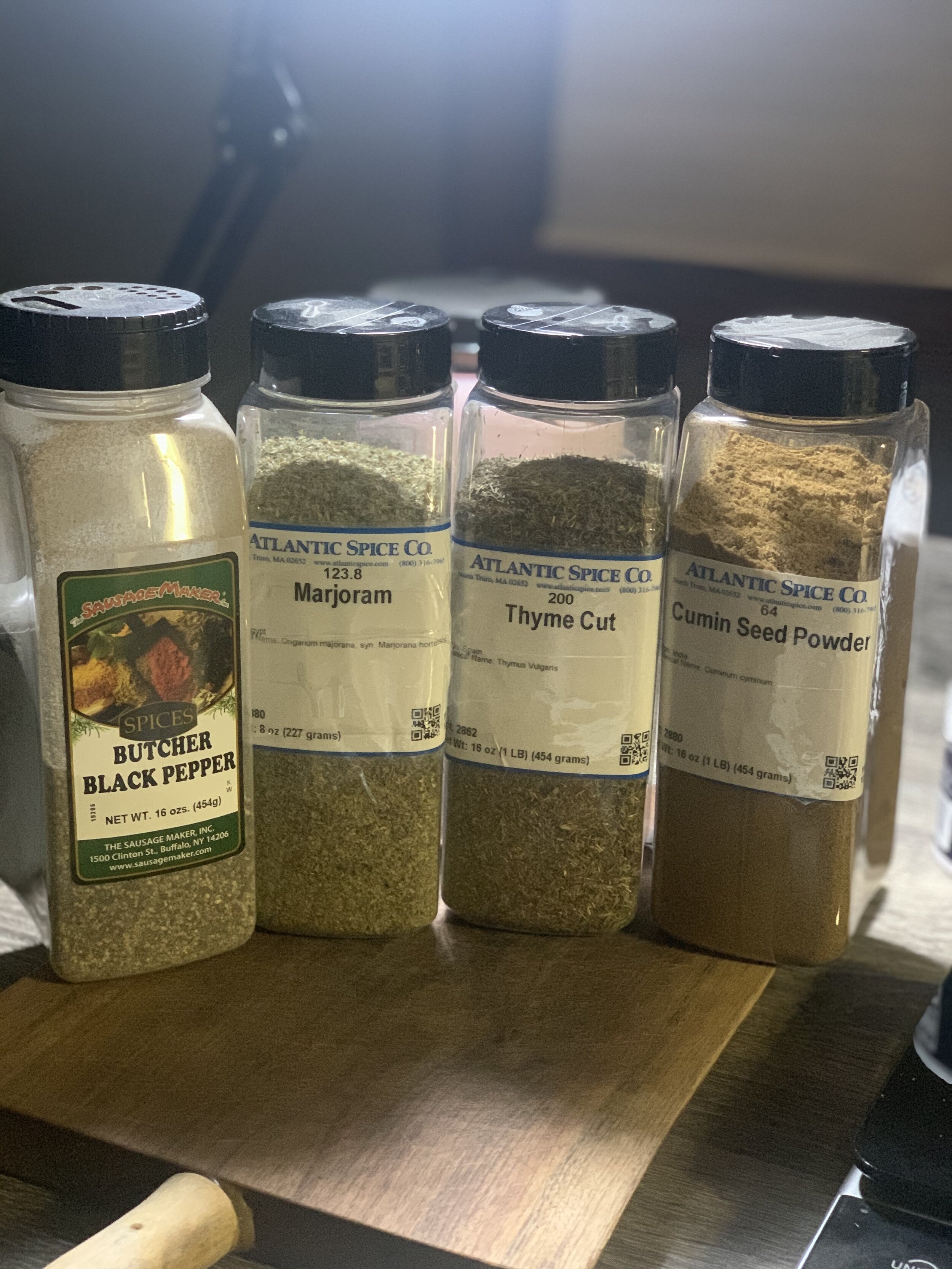

Procedure Part I
The first thing I do is rub in the curing salt evenly across the meat, covering all sides.
Combine whatever spices in whatever ratios you want. I like to do equal parts. Most of the time I usually use black pepper as the sole spice. This recipe has a few other variables. Rub the spices on the surfaces of the meat.
Add a layer of salt to a dish, then add the meat. Cover with more salt.
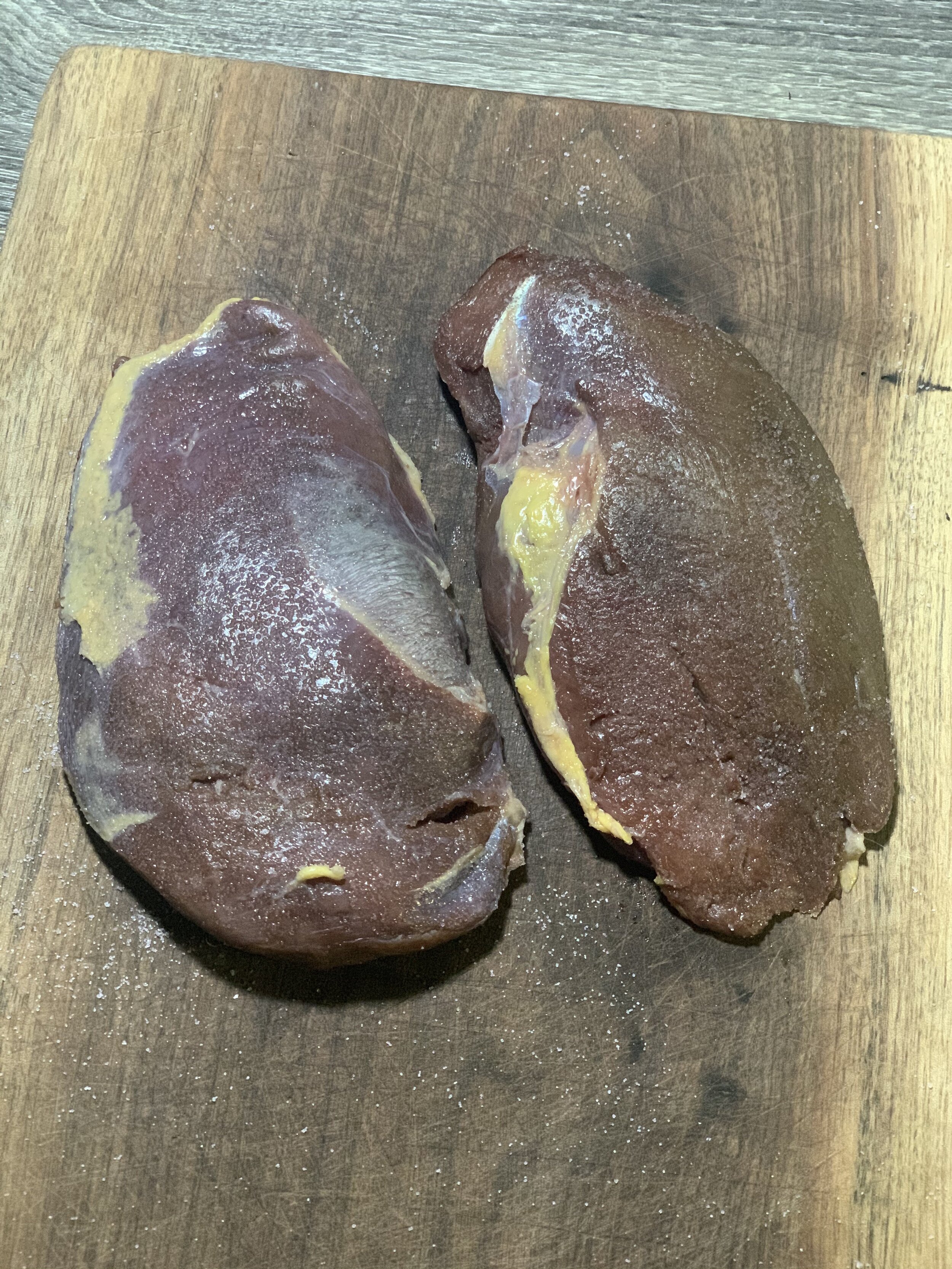
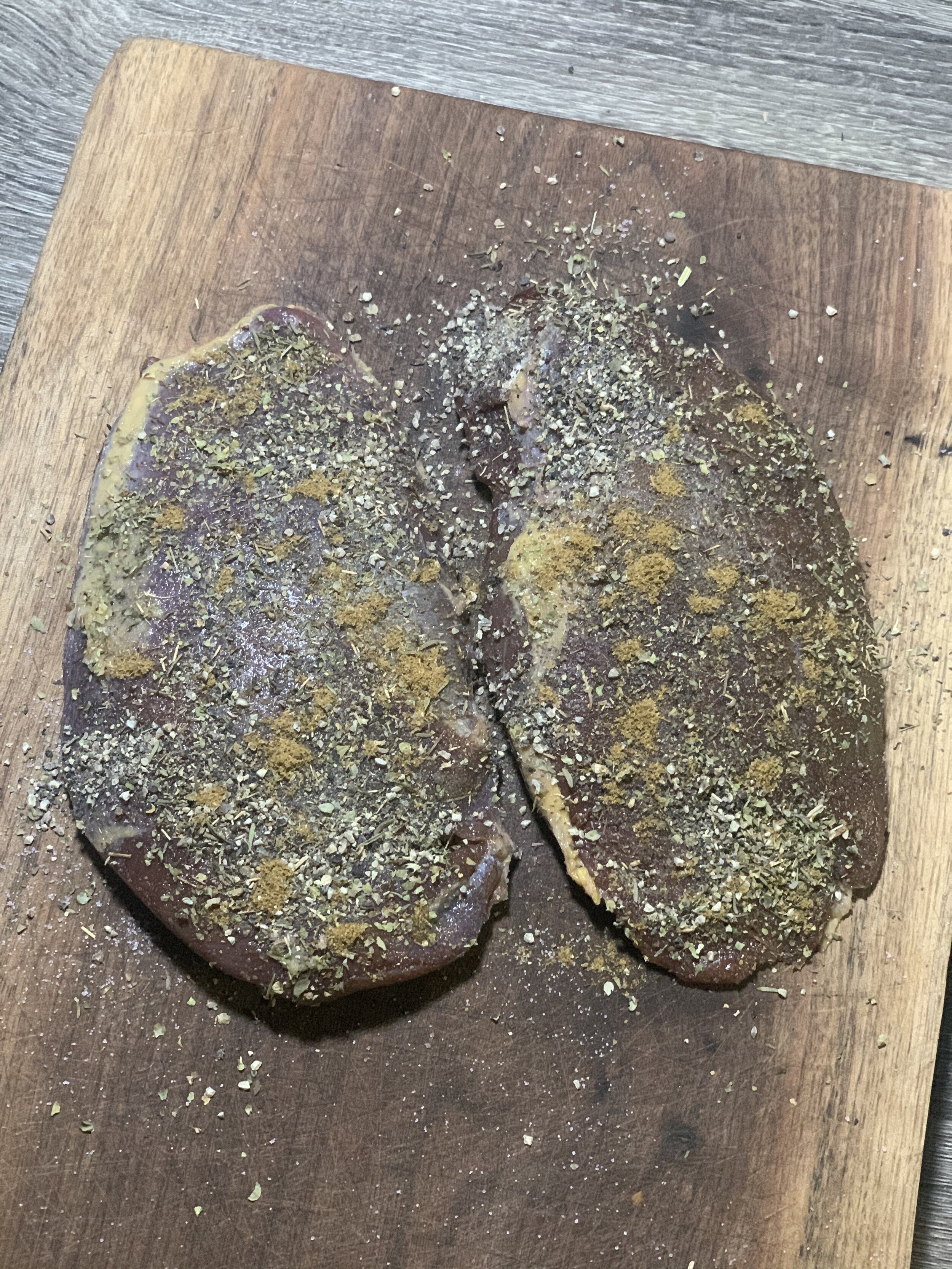
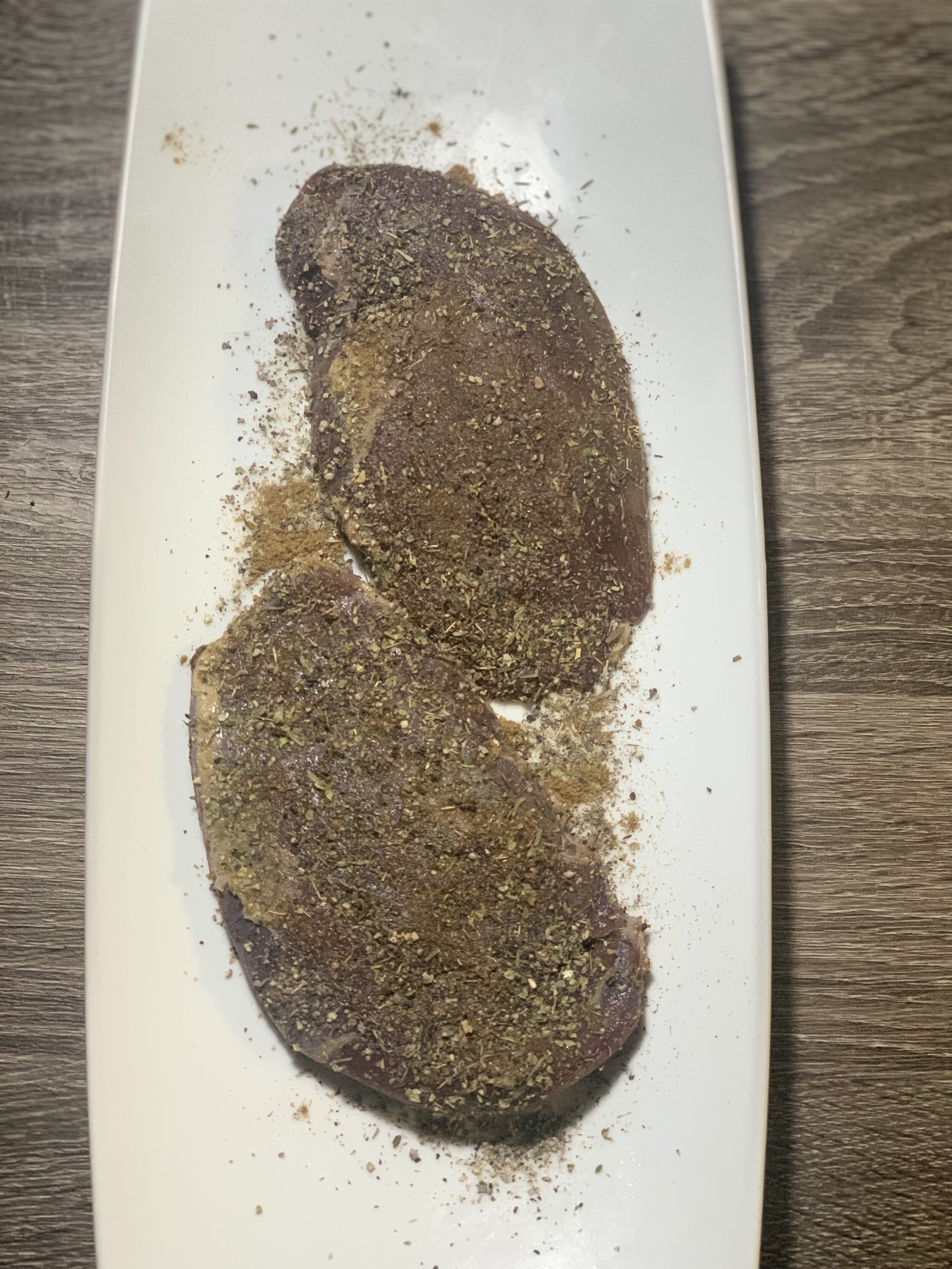
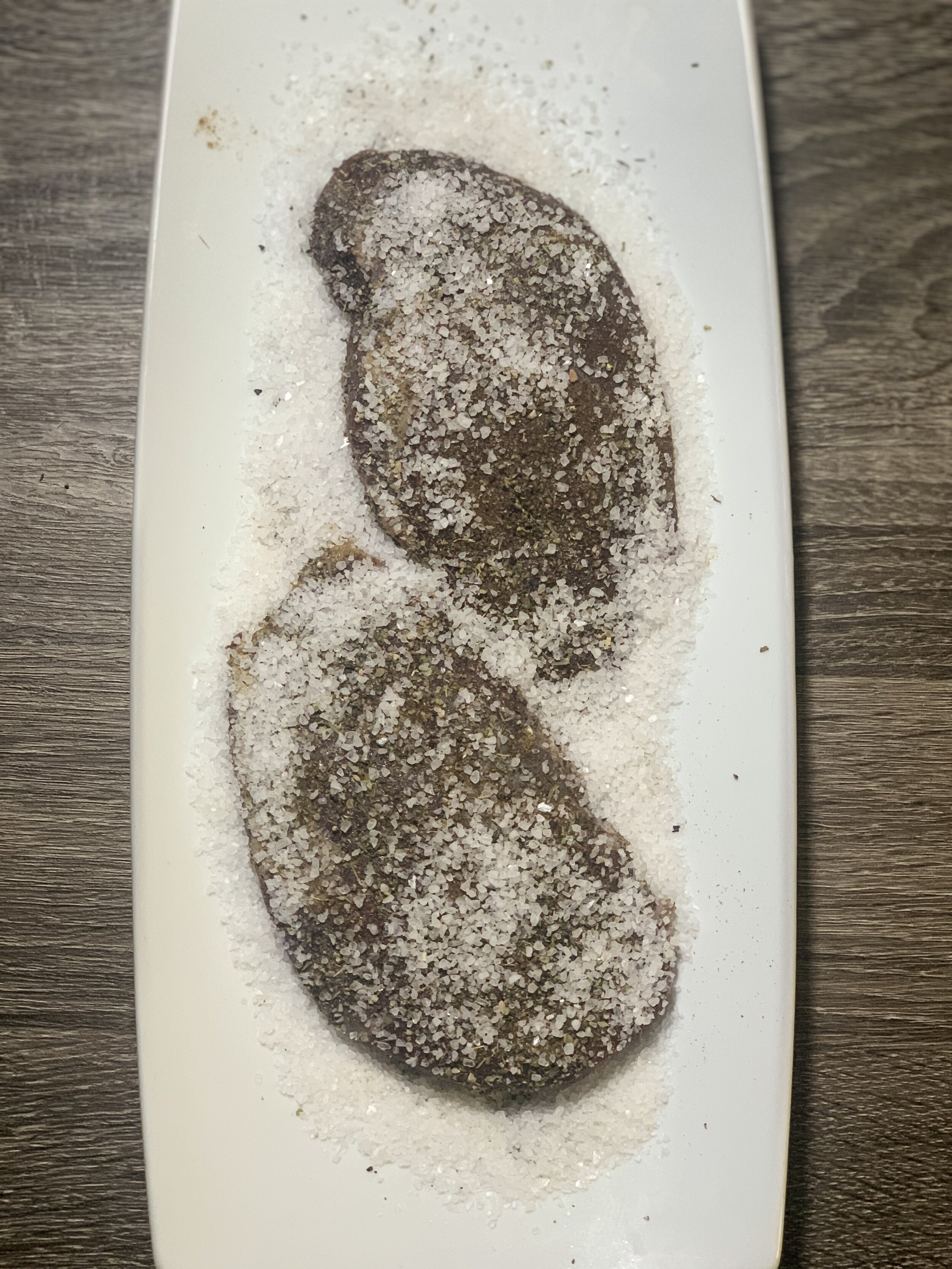
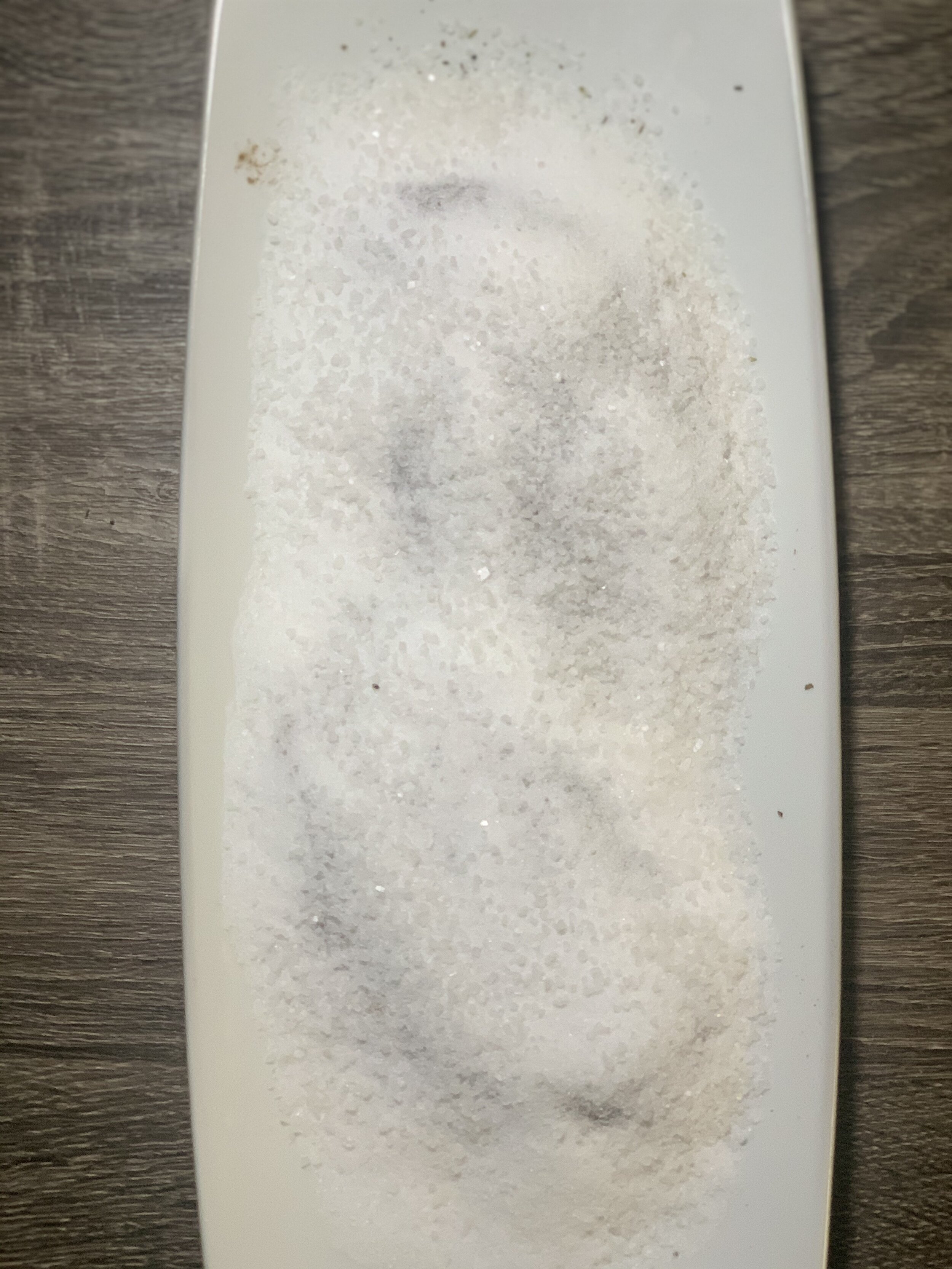
Procedure Part II
4. Put in the refrigerator for a couple of days, after 36-48 hours flip the meat, make sure it is covered yet again with salt and allow to cure in the fridge for two more days.
5. After 3-4 days in the refrigerator, remove and wash the surface of the meat thoroughly.
6. DRY COMPLETELY.
7. Wrap in cheesecloth (I use big game hunting bags, as I usually have a pile of them laying around come winter). Cover entirely. Meat needs to be totally
8. Tie-up, and hang in a room at 50-60 degrees for 7-12 days. The hang time can vary, as we want it firm but not entirely hard and dried.
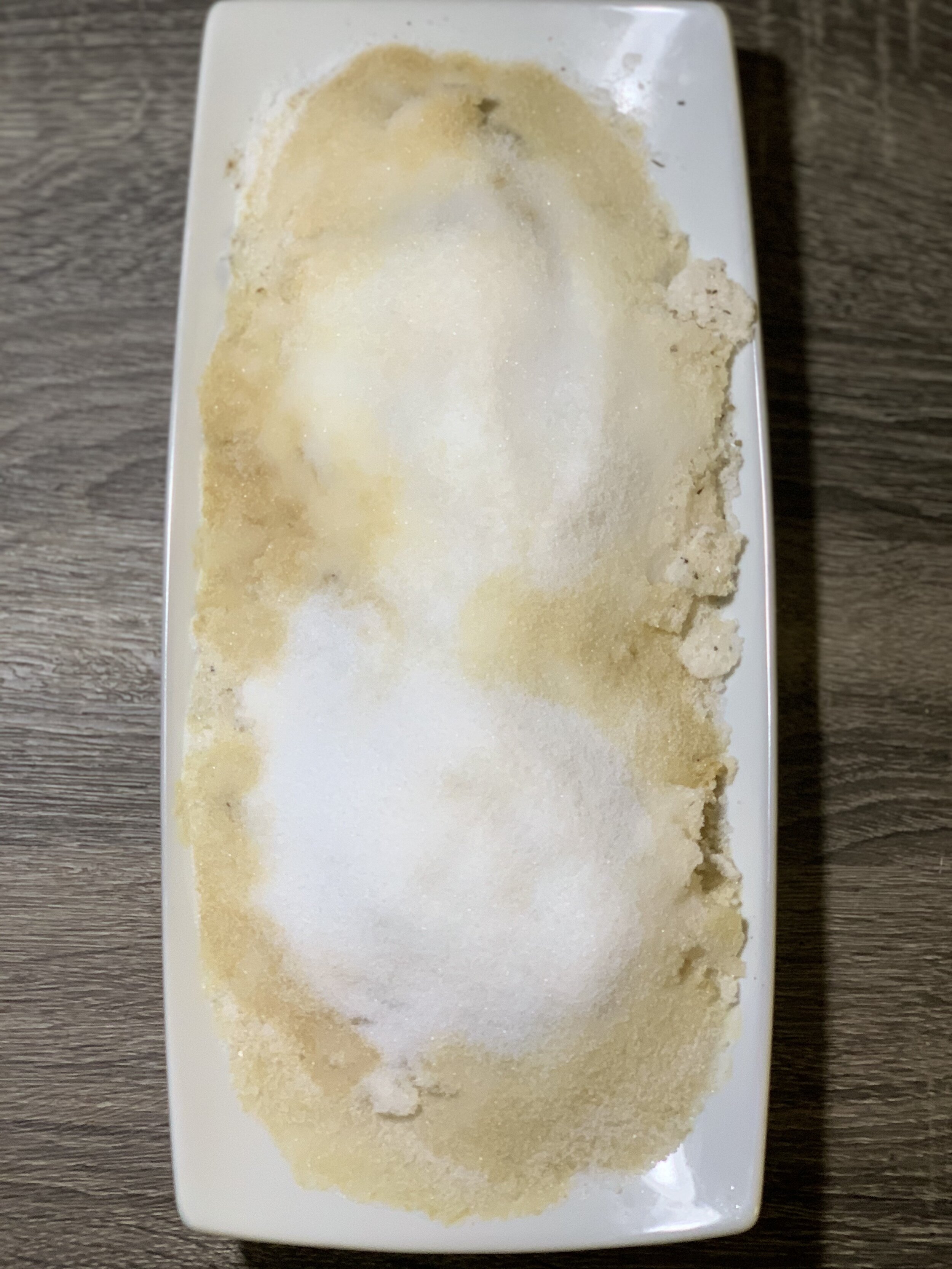
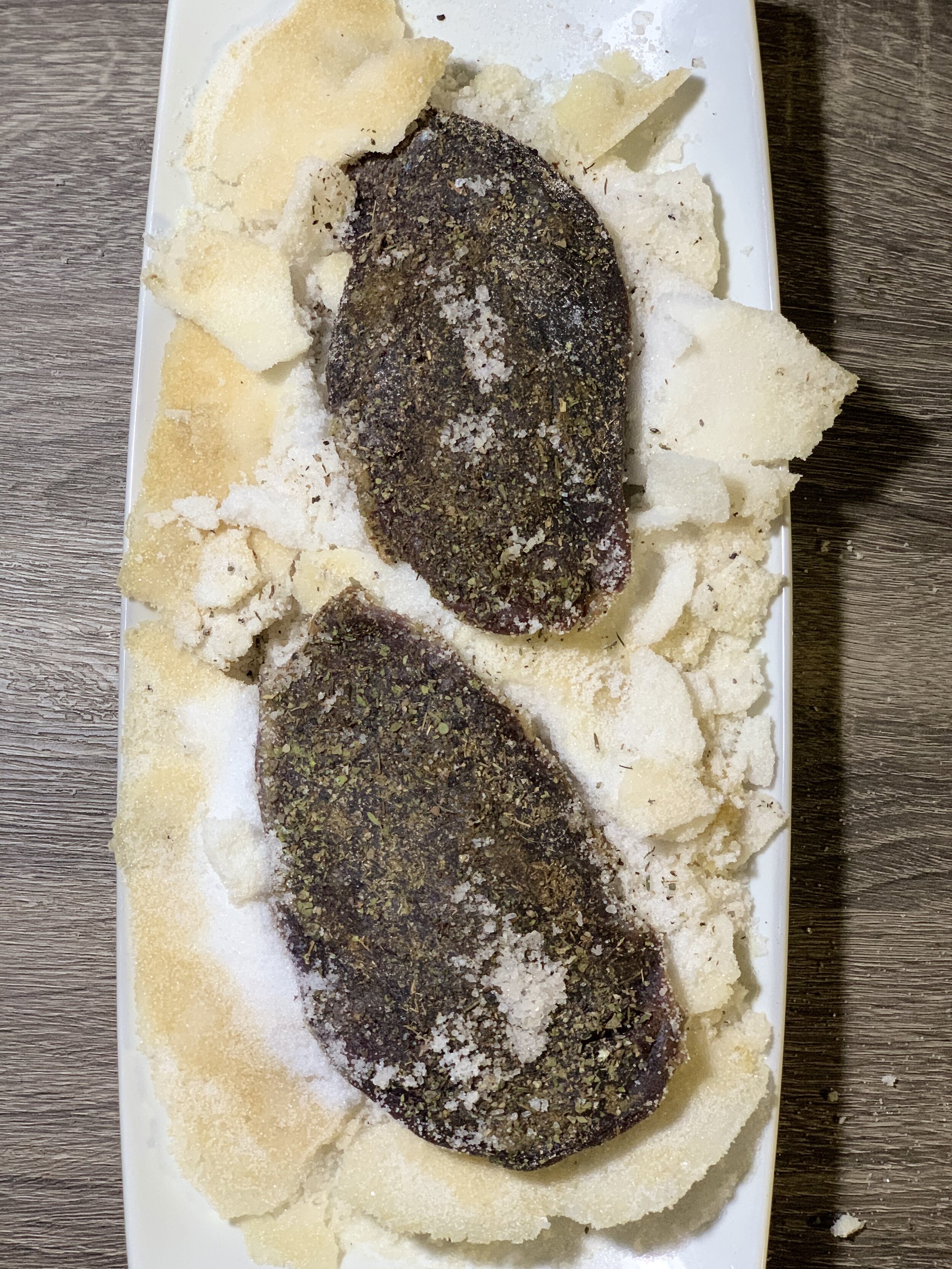
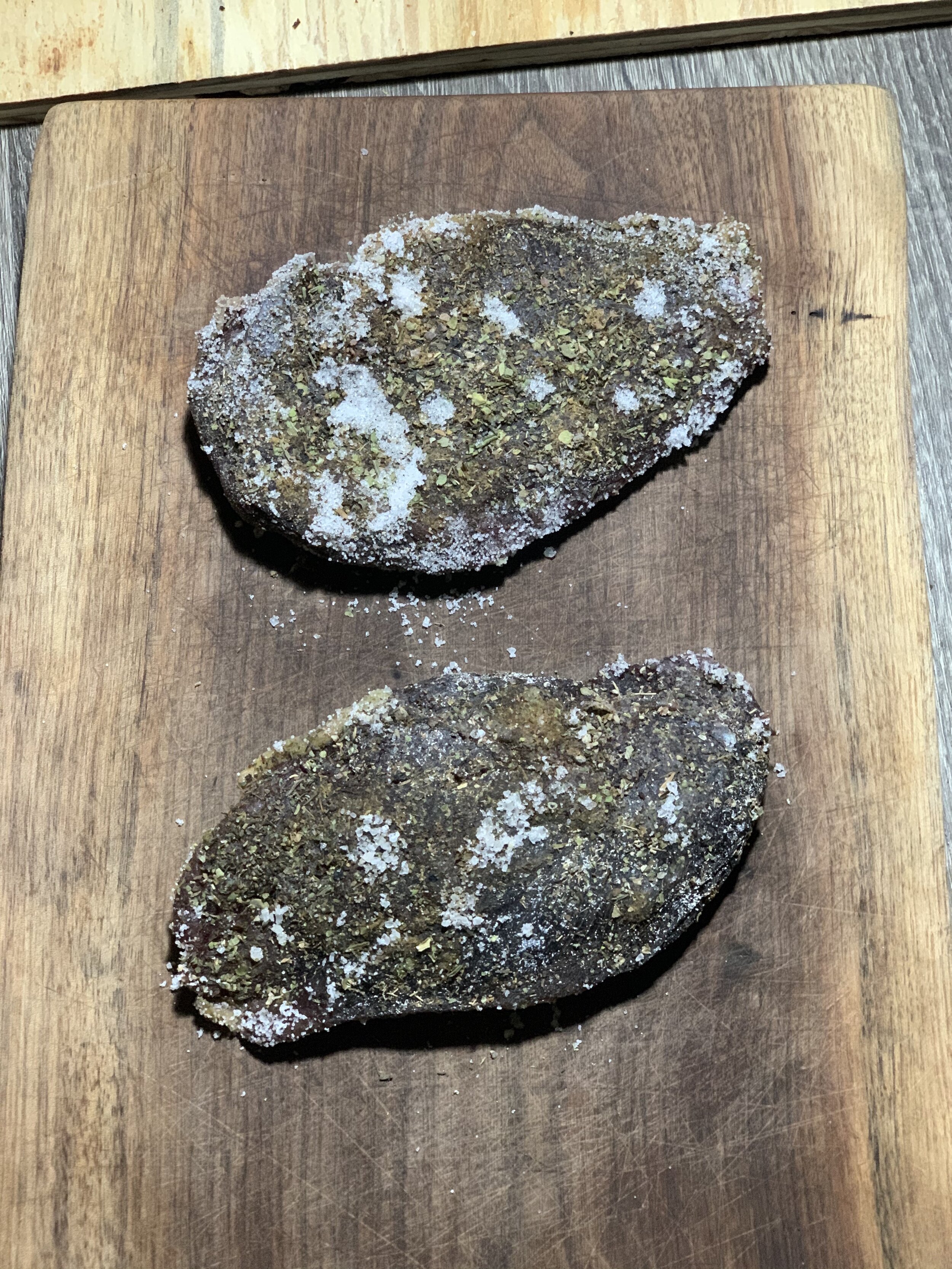

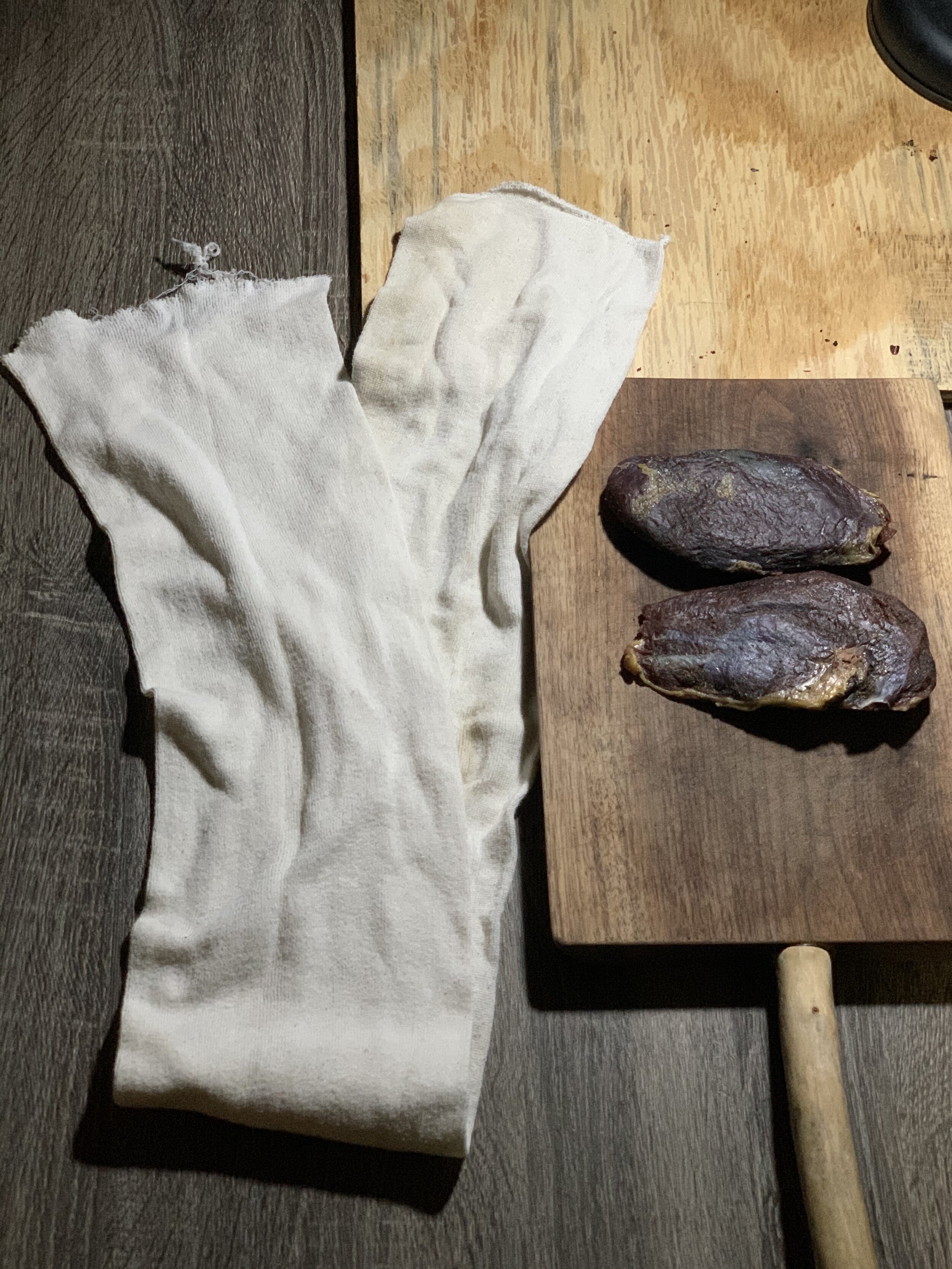
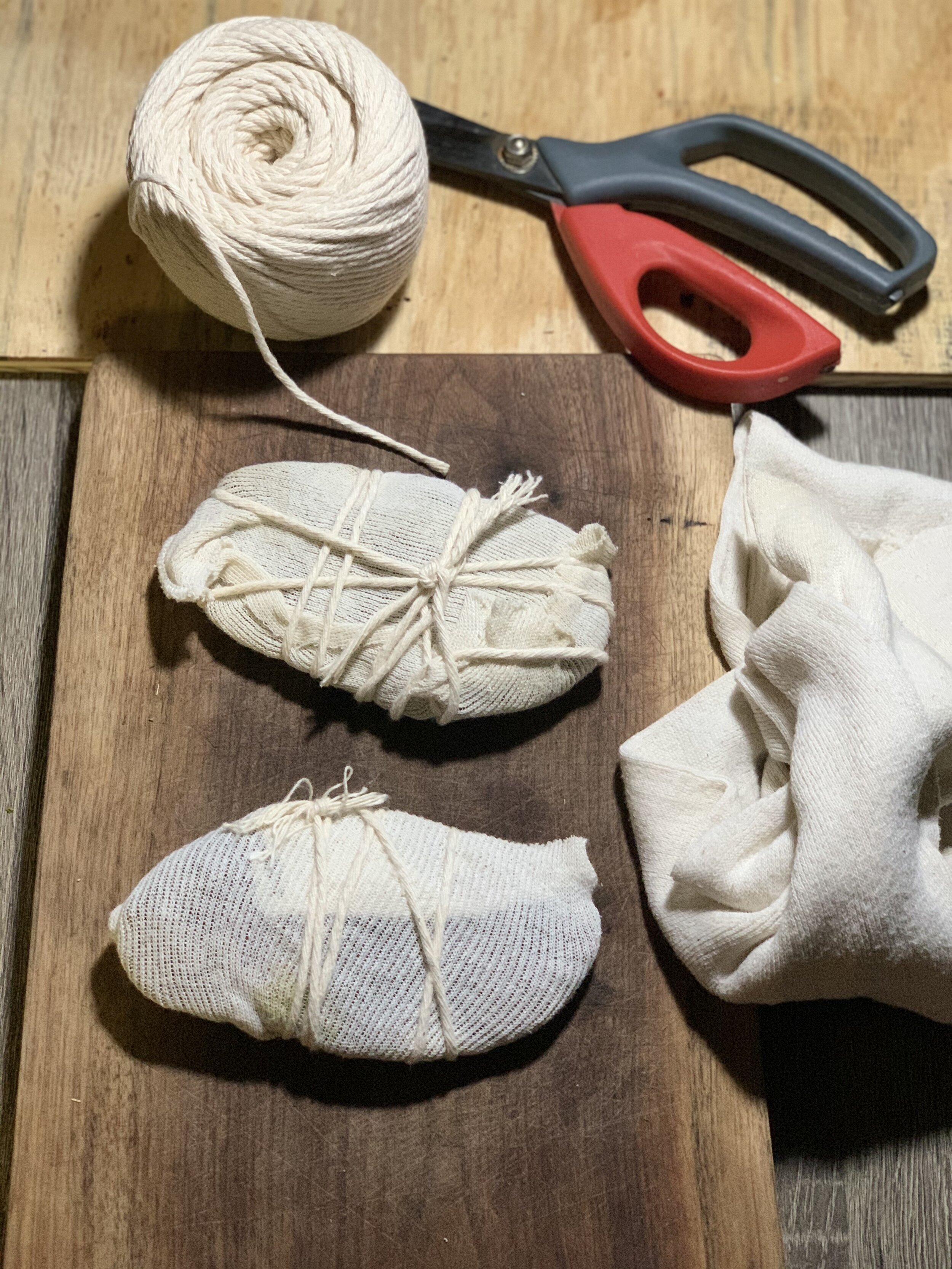

Final Steps
9. When the prosciutto has aged and cured completely (7-10 days for ducks and snow geese, 10-14 days for larger wild waterfowl such as honkers or cranes) then unwrap, and slice as thin as you can. You’ve got prosciutto now, your very own salt-cured wild game meat.
*Alternatively to simply counting the days, you can weigh your breasts and compare them to the initial starting weight of the breasts. You want to see a 30-38% reduction in weight from start to finish to consider your waterfowl prosciutto ‘done’.
For more waterfowl recipes, check out our Split Reed Recipes here!


